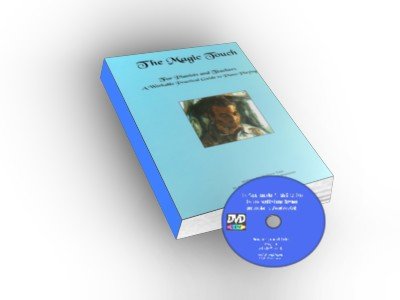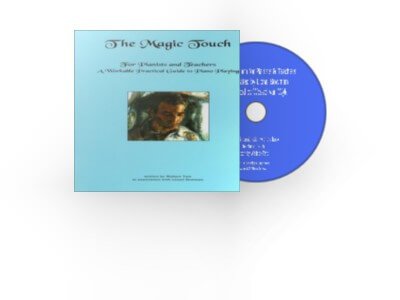The short answer, in many cases is, Yes. I say this, as many pianists have suffered numerous injuries in the past, typically in the areas of tendonitis or muscular injuries.
However, with the right information, and methodical approach, you can overcome your limitations.4
I know this is a big statement to make, but let me explain it this way…
I was fortunate to have met Professor Lionel Bowman, before he passed away, and also have come in contact with Mr Wallace Tate, a man who studied the methods of Professor Bowman in great detail.
Mr Tate, over a period of several years. monitored the methods that Professor Bowman had created, and utilised his talent for translating complex moves into easy to follow steps, in a manual with fantastic illustration, and example material, to help both the student and teacher, maximise their comprehension, understanding and application of the Bowman playing method.
Mr Bowman experienced great difficulty in his late thirties as a concert pianist, in terms of repetitive bouts of tendonitis and other muscular problems. However, after being unable to play for some months, he took the time to learn the anatomy of the arm, hand, wrist and fingers, and really study, by process, trial and error, the methods that would not only allow him to play again, but to do so pain free. The results were nothing less than astonishing, to say the least.
Whilst the initial point was to be able to play the piano again, it turned out to be a blessing in disguise for all Professor Bowman's students as well, as they have reported massive improvement in their playing as well. Now, more people started to take note.
It was well into the process, that Professor Bowman then gave a master class at the University of Pretoria in South Africa, and had a DVD recording made of the class, which has become an essential element of The Magic Touch Course, presented here. It is through these methods, and subsequent teaching that Professor Bowman further refined his technique, and most people who have actively utilised his method have had substantial success, not to mention an improved tonal quality to their playing as well as less discomfort.
The method is based on the increase of strength and tone in the fingers. This is explained in this classical piano article.





